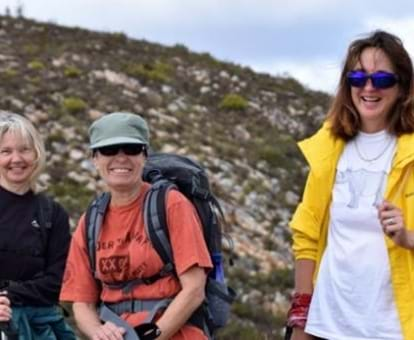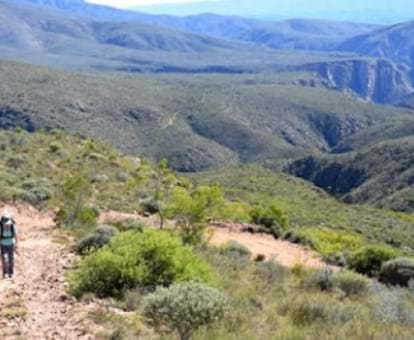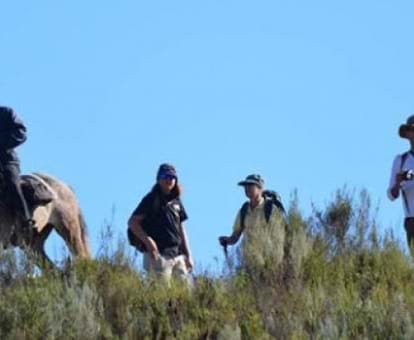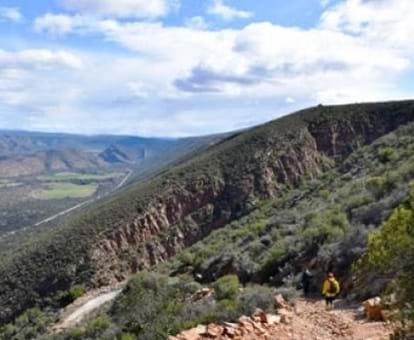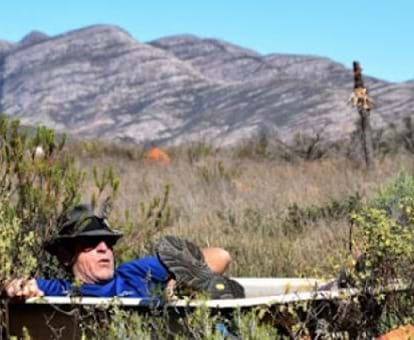By creating an account, I agree to the
Terms of service and Privacy policy
Choose your country and language:
Africa
Americas
Asia Pacific
Europe
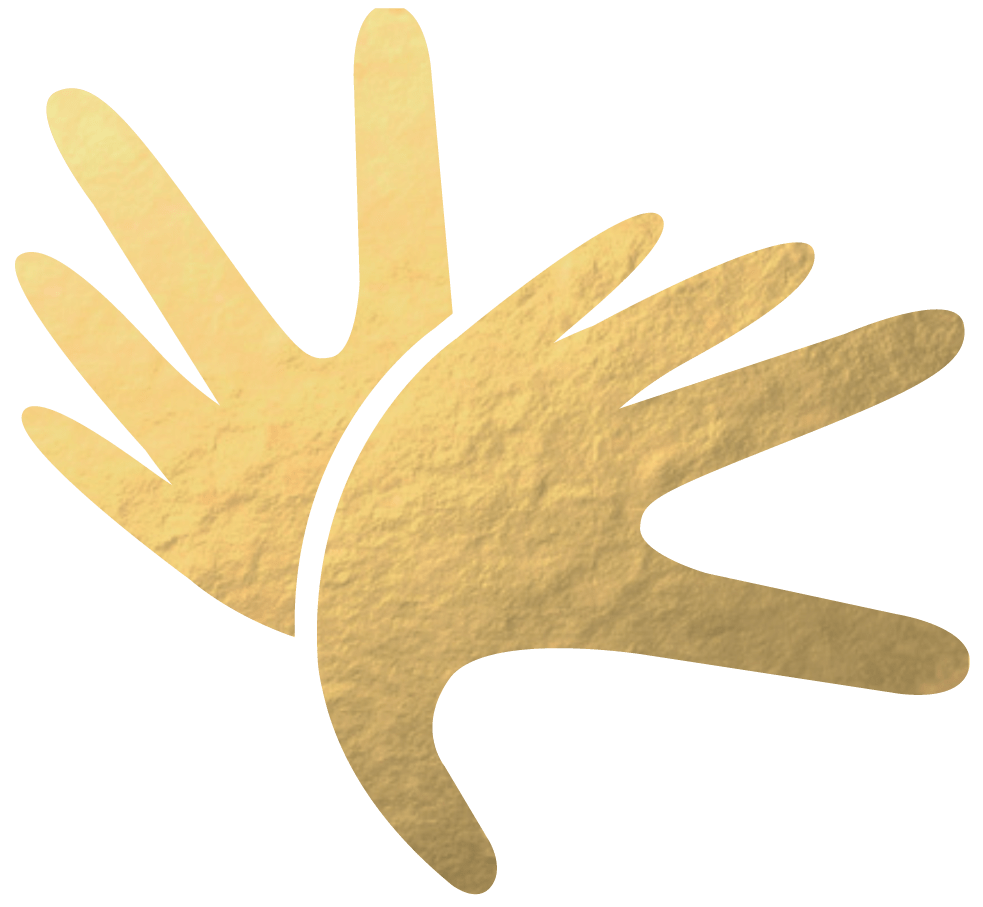
Overview
TThe Baviaans Camino is a 95km north-south journey on foot or on horseback traversing the Baviaanskloof Mountains and the Kouga Mountain Range through the Baviaanskloof, a World Heritage Site and astonishing mountain kingdom. It contains seven of South Africa’s eight biomes.
As the trail starts in the Klein Karoo, crosses the Baviaans and Kouga Regions, and ends in the Tsitsikamma, hikers and horse riders experience fynbos, forest, grassland, succulent Karoo, Nama-Karoo, subtropical thicket and savanna.
Although the route doesn’t pass any religious buildings, it has all the elements of a spiritual journey. Traversing this Heritage Site, up rugged mountains, through rivers and across plateau is truly an unforgettable experience. As they say, a Camino has a start, but never an end.
Hikers and horse riders meet for a welcome dinner and orientation evening on the farm Rietfontein at the foot of the Baviaanskloof Mountains. After a hearty breakfast riders start to tack up their SA Boerperde from the Moria Stud, while the hikers get a head start for the hardest climb of the trail, over the Baviaanskloof Mountains. The Baviaans Camino is the only organised activity that actually travers the Baviaanskloof Mountains.
The climb is a zig-zag 500m climb over 4km, with a long descent into the Baviaanskloof. This is a sure test for own body and mind, as it is just the beginning, knowing there are more to come over the next three days, where you will have to conquer the Kouga Mountain Range, an area seldom visited, with no cell phone reception, no contact with the outside world, and little proof of human life.
The Baviaanskloof World Heritage Site is home to over 1 100 plant species, at least 20 of which are endemic. The incredible flora includes proteas, ericas, cedars, pre-historic cycads, giant Outeniqua yellowwoods and 70 succulent species.
The Baviaans Camino are available on set dates during the colder winter months, with more favourable conditions to both hikers, horse riders and horses. Eric Stewart and Hercules van Huyssteen will guide groups of 16 on the route, of which 6 can be on horseback.
Riders don’t have to be experienced, as the horses are trained trail horses and a walking pace will be the order of the day. Hikers on the other hand will have to be fit as the route includes many ascents and descents over the mountains.
Traversing the two mountain ranges brings you as close to nature as can be, as for days there are hardly any sign of human life. No alien vegetation, no litter, no electrical lines. Birdlife is prolific particularly in the lower lying kloofs and over 300 species have been recorded. The array of wildlife includes eland, kudu, klipspringer, Cape mountain zebra, bushbuck, leopard, mountain reedbuck, red hartebeest, baboon and vervet monkeys.
The first day’s descent from the highest point is a 7km rocky road that leads down to the main road through the Kloof, and eventually to the overnight farmhouse at Joachimskraal. The old farmhouse is a welcoming sight after a long day, where a hot shower, warm meal and cold beer awaits.
On the second day hikers and horse riders tackle the southern side of the Baviaanskloof, going into the Kouga Mountain Range, again with three high climbs and long descents. The chance of seeing another human is almost impossible, which gives hikers and horse riders the chance to become one with nature. The long day ends when the small outpost of Entkraal comes into sight. Accommodation is in tents, and a traditional potjie is served in the “kookhuis” around an old kitchen table.
The next morning needs an early start, as at 28km it is the longest day of the trail, with two gruelling uphills waiting to be conquered. The route goes through many kloofs, giving birders ample joy, before the first climb of the day which takes you to the top of one of the highest hills of the Kouga Mountain Range, with an unimpeded view in all directions. Smutskop, the highest peak of this range and second highest peak in the Eastern Cape, can be seen to the left, often covered with snow in the winter months.
And then there is a soft introduction back into civilization as you hike and ride through the Nooitgedacht farming community before the last climb to get to the Bokmakierie Campsite, with a mixture of typical red Baviaanskloof rock and the softer green mountains synonym to the Tsitsikamma.
The final day starts along the Ragel’s River, before you get to another ascent, the Moordenaarskloof Pass. This is followed by a long winding road to get to the midday stop at the Kouga River.
Again there is no time to spare, as the Pospad has to be conquered – the old mail trail. This off the beaten track has three very steep climbs, but hikers and riders are rewarded by lillies, proteas and more fynbos species growing in the kloofs.
When you finally see the R62, there is another descent into a narrow kloof, filled with more proteas and ferns, leading to Nguniland Guest Farm, the final overnight spot.
A traditional braai awaits tired bodies, where the journey of the last few days are reflected upon.
The Baviaans Camino is not for the faint hearted, it is a tough trail, but said to be already The One on any hiker’s bucket list. Words to actually describe the scenic beauty, are hard to find.
The route was recced in 2016, launched in 2017 and is fully subscribed for 2018.
Contact Esti Stewart on 073 825 0835 or via email on info@baviaanscamino.com.
Contact

